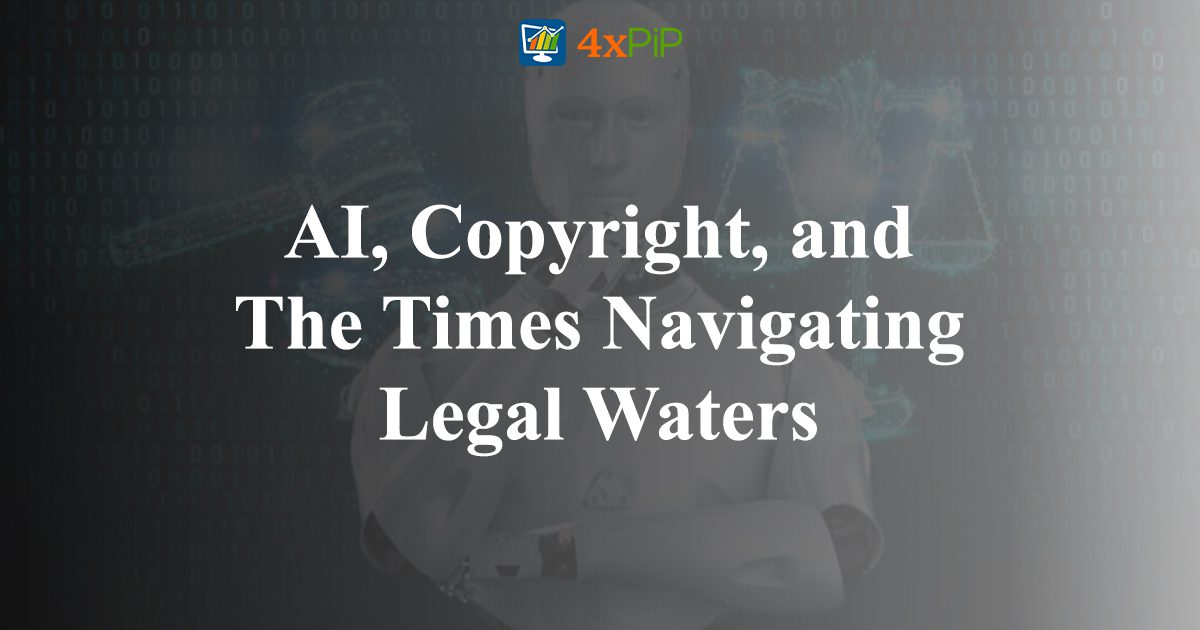The New York Times sues Microsoft and OpenAI, claiming copyright infringement. Filed in the U.S. District Court, it alleges unlawful use.
Hidden divergence occurs when prices and RSI move in the same direction. Bearish hidden divergence shows lower lows in prices and higher lows in RSI, indicating a continued downward trend. Similarly, bullish hidden divergence displays higher highs in prices and lower highs in RSI, suggesting an extended upward trend.
The Times emphasizes the need for permission to use journalistic material for commercial gain. While recognizing the potential of AI for the public and journalism, The Times insists that permission must be obtained before using their work. They argue that settled copyright law protects their journalism and content.
OpenAI responds by expressing surprise and disappointment; moreover, it states ongoing productive conversations with The New York Times. Microsoft remains silent on the matter. Furthermore, The Times is represented by Susman Godfrey, the same firm that represented Dominion Voting Systems in a defamation suit against Fox News.
The lawsuit also accuses OpenAI and Microsoft of using copyrighted materials without permission to train ChatGPT in another case, highlighting the broader issue of media organizations seeking compensation for the alleged usage of their content in training advanced AI models.
The lawsuit by The Times cites examples of GPT-4 altering its content, directly competing and limiting commercial opportunities. Additionally, it argues that Microsoft and OpenAI’s actions constitute free-riding on The Times’s significant efforts and investment.
Investors, traders, and enthusiasts closely follow Tesla’s developments as it impacts the stock market. Additionally, the anticipation surrounding the upgraded Model Y release showcases Tesla’s influence on the stock market; moreover, it has potential implications for traders and investors alike.
Axel Springer countered allegations by partnering with OpenAI, licensing content for a fee, presenting a contrasting example to the accusations. However, the financial terms of the deal remain undisclosed. The lawsuit raises crucial questions about the intersection of AI, copyright law, and the rights of content creators in the digital age.
Conclusion:
In conclusion, the lawsuit filed by The New York Times against Microsoft and OpenAI underscores the complex challenges at the intersection of AI, copyright law, and journalism. As media organizations navigate the evolving landscape of generative AI, the legal actions taken bring attention to the need for ethical considerations and fair compensation for content creators.
FAQs:
Why did The New York Times file a lawsuit against Microsoft and OpenAI?
The lawsuit accuses Microsoft and OpenAI of copyright infringement by unlawfully using The Times’s works to train AI models like ChatGPT, affecting commercial opportunities.
What is the broader impact of this lawsuit on media organizations and AI development?
The case reveals a conflict between media and AI developers regarding copyrighted materials. Questions arise about compensation, permission, and AI’s impact on traditional revenue for news publishers.
How does OpenAI’s partnership with Axel Springer relate to the lawsuit?
The lawsuit differs from OpenAI’s Axel Springer partnership, where content is licensed for a fee, illustrating a collaborative versus legal approach.





